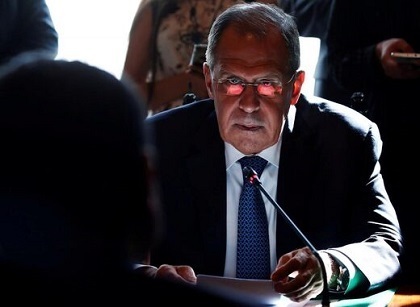
Russian Federation ~ Minister for Foreign Affairs Addresses UN General Debate
Lavrov's press conference after his speech
#russian #federation #sergeylavrov #ministerforforeignaffairs #77th #unitednations #unga #speech
5 Likes

Lavrov's press conference after his speech
#russian #federation #sergeylavrov #ministerforforeignaffairs #77th #unitednations #unga #speech
REALLY TRUE INFORMATION ABOUT CLIMATE CHANGE IN SPANISH AND ENGLISH
https://www.youtube.com/watch?v=y0BGgW5ZAaE
#ClimateChange #UnitedNations #CO2-Benefits #Trees #Water #SolarEnergy #Money

Here are the 37 nations that chose not to condemn Russia's invasion of #Ukraine in a UN vote on March 2nd.
This is interesting as it is strongly suggestive of Russia's global allies.
#Russia #allies #unitednations #vote #unvote #Algeria #Angola #Armenia #Bangladesh #Belarus #Burundi #CentralAfricanRepublic #China #Congo #Cuba #EquatorialGuinea #Eritrea #India #Iran #lraq #Kazakhstan #Kyrgyzstan #Lao #Madagascar #Mali #Mongolia #Mozambique #Namibia #Nicaragua #NorthKorea #Pakistan #Senegal #SouthAfrica #SouthSudan #SriLanka #Sudan #Syria #Tajikistan #Uganda #Uzbekistan #Vietnam #Zimbabwe #maps #data


World leaders from 175 countries have agreed to draw up a legally binding UN treaty that will regulate plastic production and pollution on an international scale for the first time.
Passed at the UN Environment Assembly in Nairobi, Kenya, using a recycled plastic gavel, the resolution will see nations hash out a set of universal rules and targets to end plastic waste "from source to sea" – much like the Paris Agreement did for carbon emissions.
"This is the most significant environmental multilateral deal since the Paris accord," said Inger Andersen, director of the UN Environment Programme (UNEP).
"It is an insurance policy for this generation and future ones, so they may live with plastic and not be doomed by it."
"I can't believe it's actually happened," the Ellen MacArthur Foundation's communications manager for plastic Iulia Strat told Dezeen.
"In the midst of all the grimness that we're seeing in the world, it's really such great news."
Treaty will cover whole lifecycle of plastics
To date, the world has generated more than seven billion tonnes of plastic waste. Of this, only nine per cent has been recycled.
Another 12 per cent has been incinerated, releasing the fossil fuels it contains into the atmosphere and contributing to global warming.
But the vast majority, around 79 per cent of all the plastic ever produced, is currently piling up in landfills and polluting the environment, harming marine life and breaking down into microplastics that have found their way into everything from Arctic ice to the placenta of unborn babies.
How exactly the UNEP treaty, which the organisation says marks a "historic day in the campaign to beat plastic pollution," will tackle these issues is set to be nailed down by a dedicated Intergovernmental Negotiating Committee over the next two years. The aim is to produce a draft by the end of 2024.
But the resolution agreed at the UN Environment Assembly already mandates that the final agreement will need to regulate not just waste collection and recycling, but also the design and production of plastics in order to minimise the pollution caused at every stage of the lifecycle.
This whole-life approach was supported by a number of companies including Coca-Cola, PepsiCo, Nestlé and Unilever, which surveys have regularly found to be the world's worst plastic polluters.
[ 
](https://www.dezeen.com/2020/12/08/coca-cola-pepsi-nestle-plastic-pollution-break-free-from/)
But a number of major chemical and plastics manufacturers lobbied against the resolution and advocated instead for an alternative proposal from the government of Japan, which would have focused solely on tackling plastic waste in oceans without restricting production.
"Receiving the recognition that this problem needs to be addressed across the whole plastics value chain is a victory for groups and communities who have been confronting the plastic industry's transgressions and false narratives for years," said Von Hernandez, global coordinator of the Break Free From Plastic initiative.
"I'm personally so happy to see that we don't just have a treaty that focuses downstream," Ellen MacArthur Foundation's Strat agreed.
"After all these years of work, the fact that we're seeing specific attention given to product and packaging design and how we can design out waste from the beginning is really massive."
"Plastic pollution doesn't care about borders"
For the first time, the resolution also formally recognises the crucial role that waste pickers play in the plastics economy through the collection, sorting and recycling of waste.
"To be honest, that they're even included in the conversation is a big step," Strat said. "It means they will have a voice at the table with the other stakeholders, with the policymakers and the businesses."
The only other global treaty introduced to tackle plastic pollution to date focused solely on limiting the amount of waste that can be dumped on developing countries.
A number of nations including the UK, Kenya and India, as well as the EU, have already started individually regulating single-use plastic items. But Strat says a new, global treaty will ensure "everyone sings from the same hymn sheet".
"Plastic pollution doesn't care about borders," she said. "So you can be a perfect country with a perfect plan to tackle plastic pollution but still be open the waste from another country because it's all connected."
The top image byHeiko Prigge shows the Spoon Archaeology exhibition at the 2021 London Design Biennale.
The post UN gives green light to "historic" global treaty to end plastic waste appeared first on Dezeen.
● NEWS ● #Techdirt ☞ Add The #UnitedNations To The List Of Entities Helping The Chinese Government Oppress Its Minority #Uighur Population https://www.techdirt.com/articles/20220109/15503548257/add-united-nations-to-list-entities-helping-chinese-government-oppress-minority-uighur-population.shtml
#December9 marks the #UnitedNations’ (UN) annual International #Anti-Corruption Day.
This year’s focus is on each individual’s “rights and responsibilities” to tackle corruption
Everyone Has a Role in Fighting Corruption
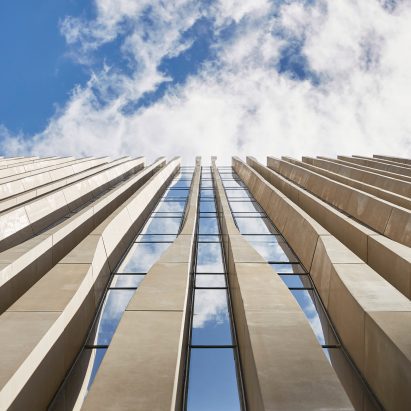
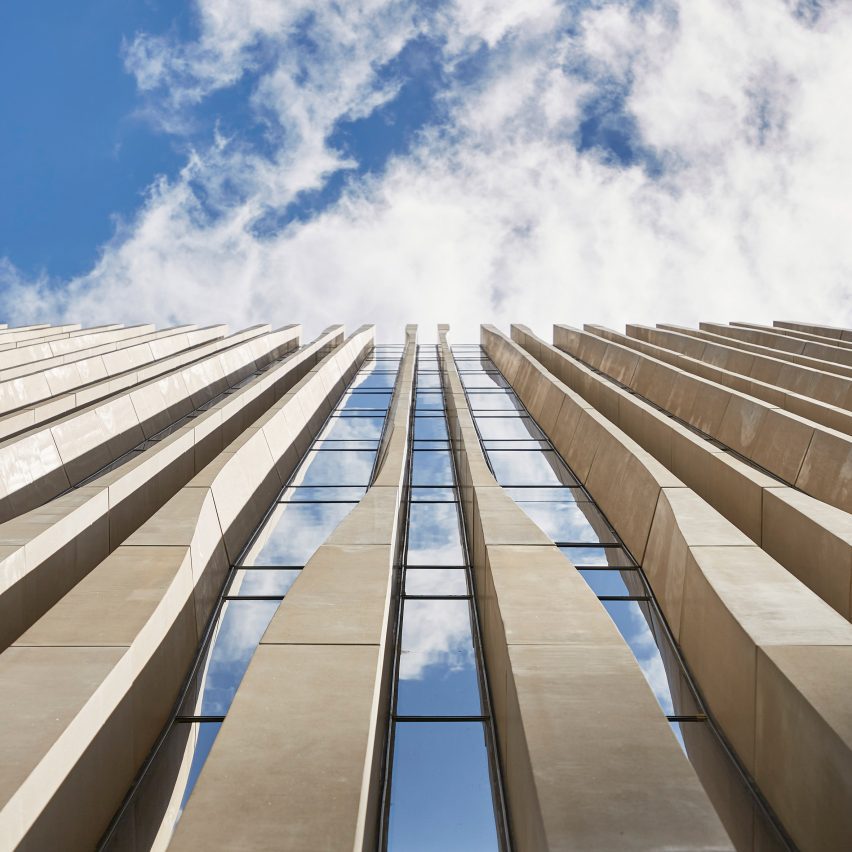
Architecture firm SOM has designed a limestone-clad building patterned with symbolic palm leaves for the Permanent Mission of the United Arab Emirates to the United Nations in Manhattan.
The building represents the United Arab Emirates' (UAE's) diplomacy to the United Nations (UN) and is located in Manhattan's Turtle Bay neighbourhood, close to the UN headquarters.
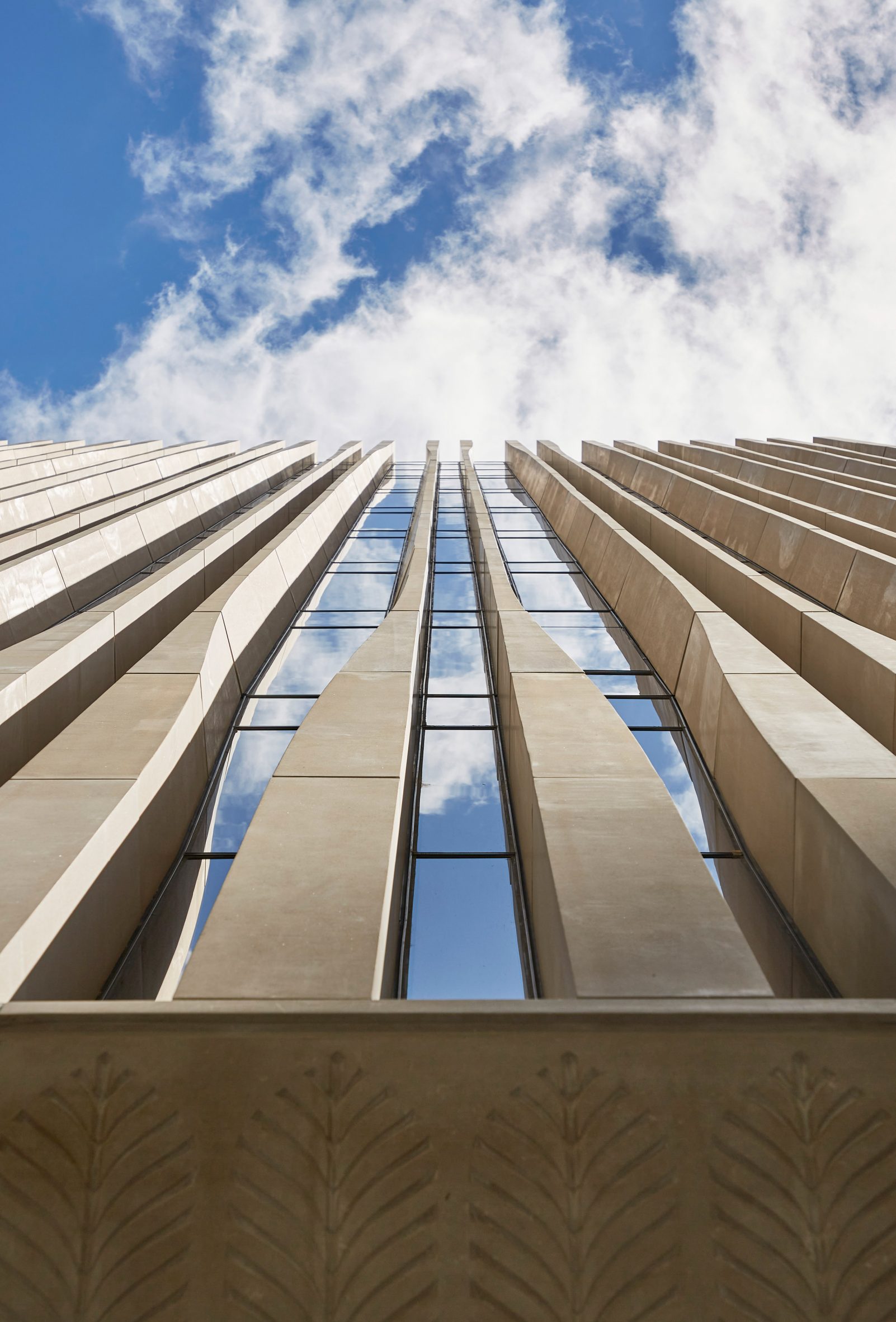 The building features palm leaf motifs
The building features palm leaf motifs
The Permanent Mission of the United Arab Emirates to the United Nations is an organisation set up by the UAE to champion the UN and is headed by ambassador Lana Zaki Nusseibeh.
Indiana limestone, sourced from the same quarries that provided the facades for the Empire State Building and the Rockefeller Center, clads the diplomacy building.
 It is located in Manhattan's Turtle Bay, close to the UN headquarters
It is located in Manhattan's Turtle Bay, close to the UN headquarters
The 10-storey tower was designed to blend with the scale of the rest of the neighbourhood while also representing the UAE.
SOM added palm leaf motifs to the building's canopy and entrance as an international symbol of peace.
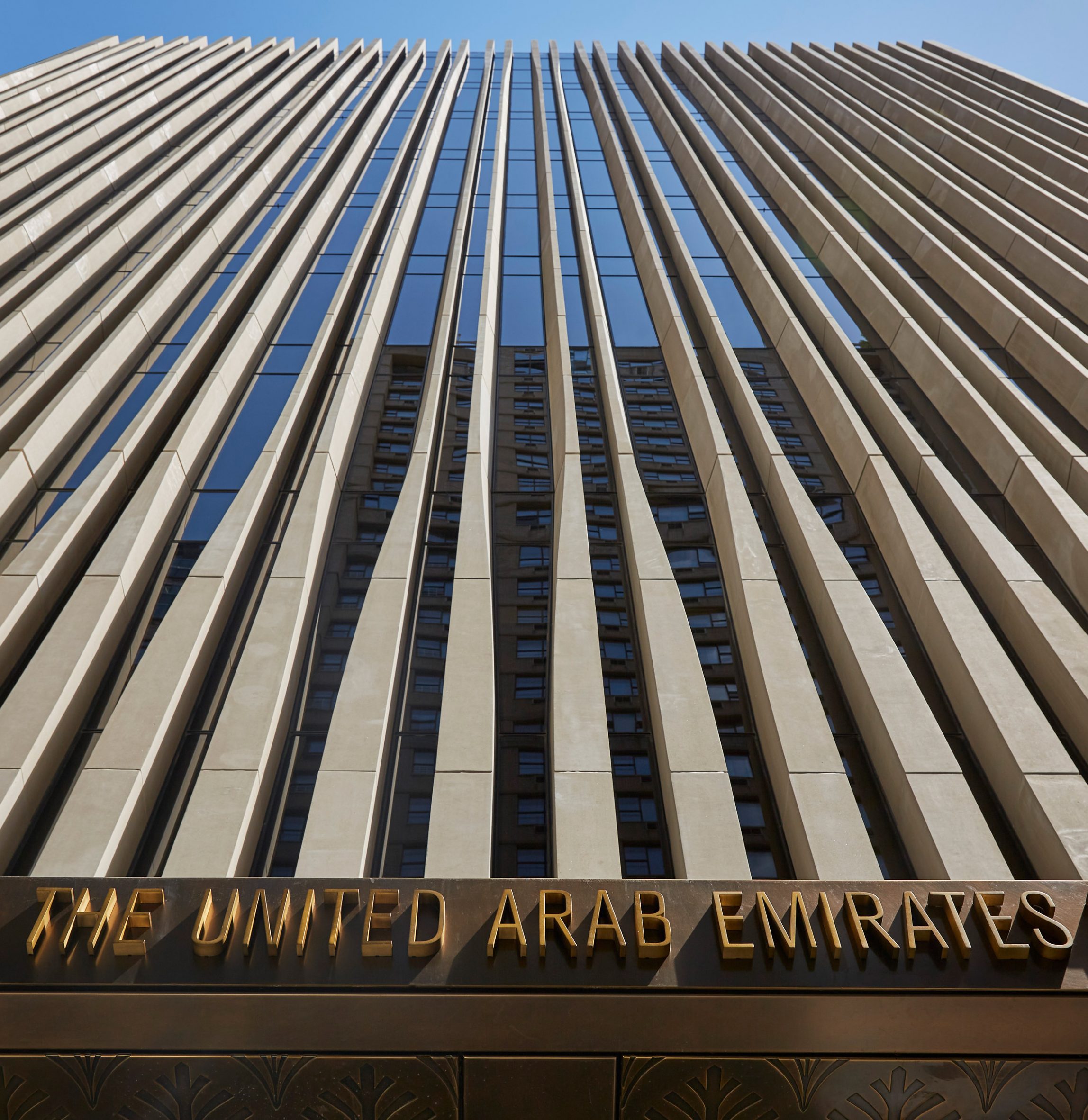 The facade's tapering limestone piers echo narrowing palm leaves
The facade's tapering limestone piers echo narrowing palm leaves
As the tower rises, the facade's vertical elements attenuate to cater to privacy and light-related needs within the building, which also echoes the narrowing spine of a palm leaf.
"The palm is represented by the tapering limestone piers extending skywards from the second floor to the roof," SOM design partner Chris Cooper told Dezeen.
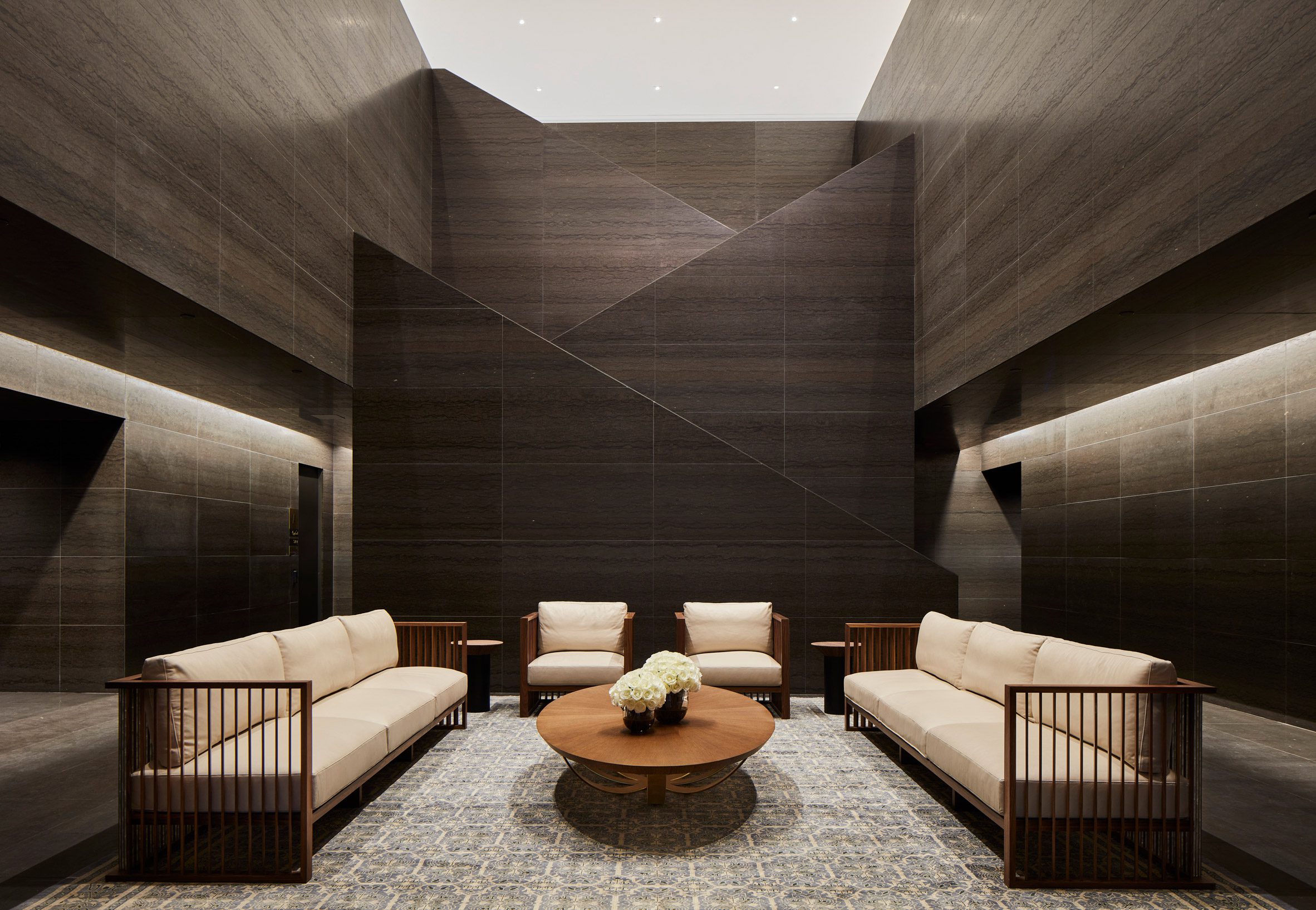 Middle Eastern courtyards informed the building's interiors
Middle Eastern courtyards informed the building's interiors
Visitors enter the building via a 40-foot-tall (13-metre) double-height hallway that was designed to echo a courtyard in a traditional Middle Eastern house.
"On the interior, the concept of hospitality blends Middle Eastern tradition with diplomatic decorum," continued Cooper.
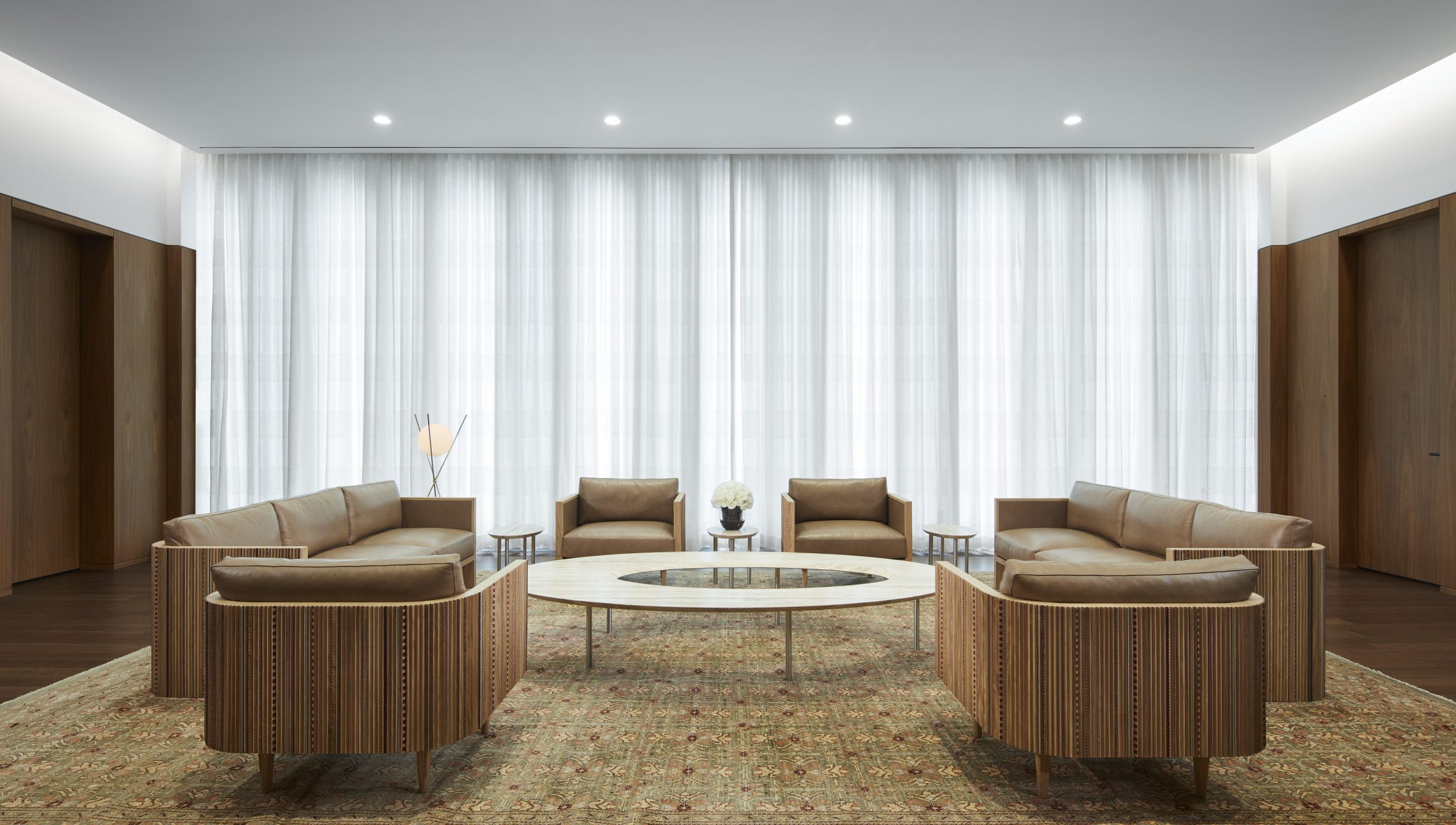 SOM designed the project to be symbolic of international exchange
SOM designed the project to be symbolic of international exchange
"The space brings guests and staff together in an environment that is dignified, understated, and symbolic of international exchange."
Split into three zones, the building's first two storeys house the entry hall and event spaces, while floors three to six feature an amenity level and staff offices.
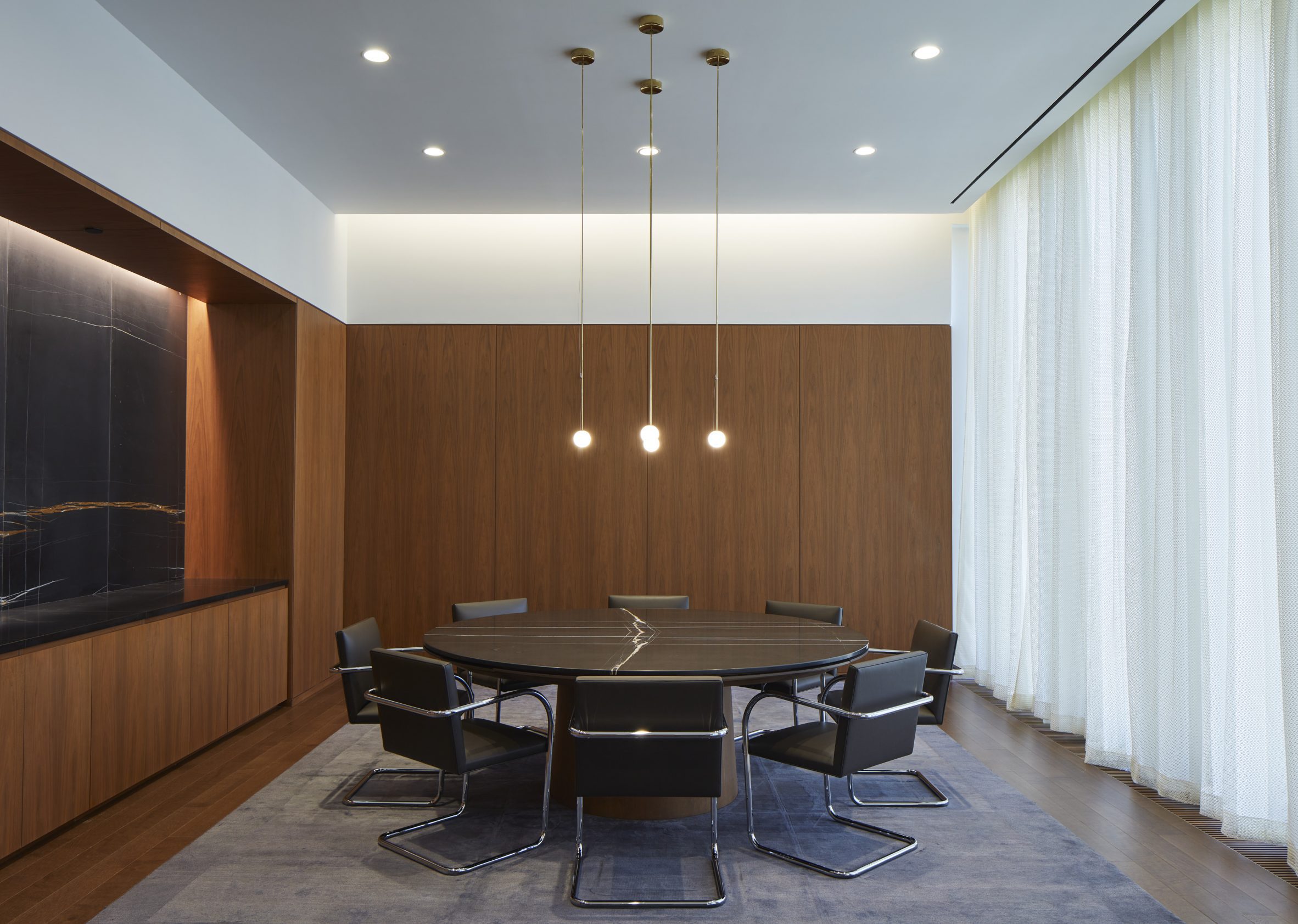 Office spaces are included in the building
Office spaces are included in the building
Levels seven and eight are reserved for executive areas, and at the top portion of the building, there is a roof terrace with impressive views of the Dag Hammarskjold Plaza below and the East River beyond.
"The layout of each floor of the building is inspired by the principle of the central courtyard, with a central reception and gathering space that is accessible from the elevator lobby," explained Cooper.
"These spaces choreograph the visitor's progression through the building – heeding the hospitable nature of Middle Eastern culture."
Throughout the building, interiors pay tribute to the Middle East. Conference rooms include a traditional geometric pattern known as mashrabiya, which features in every UAE diplomatic office around the world.
Lebanese designer Nada Debs created the interiors for the building's entry hall with a palette of natural materials intended to evoke serenity, such as Northern Canadian limestone.
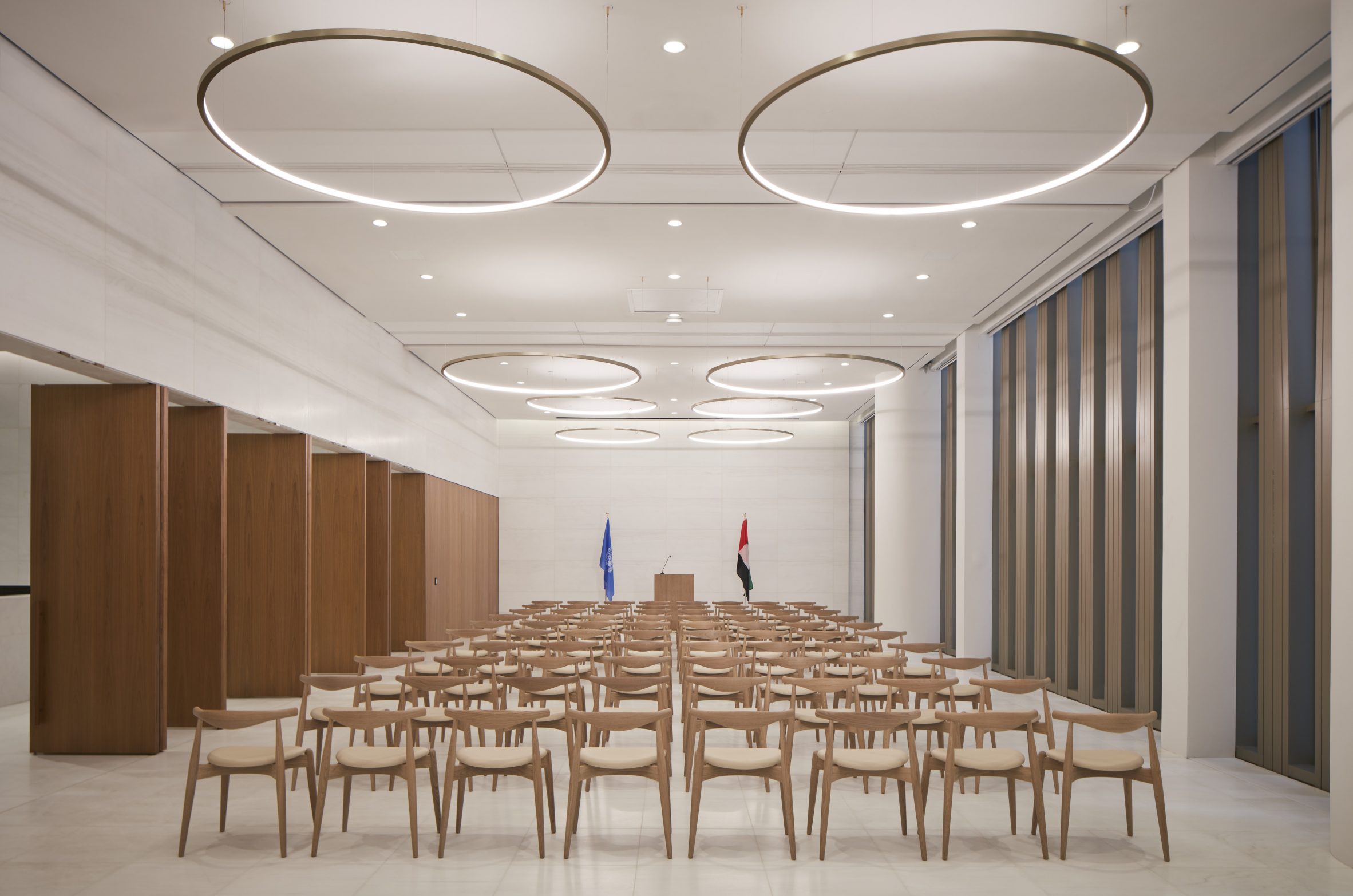 Neutral interiors are intended to reflect the diplomatic nature of the building
Neutral interiors are intended to reflect the diplomatic nature of the building
Amenity spaces were designed with flat-cut American walnut and Calacatta marble, while executive spaces house Majlis areas for entertaining guests.
"In designing the mission, we endeavored to integrate Middle Eastern and local motifs, symbolising the power and importance of cross-cultural exchange and rooting the building in New York City's architectural traditions," said Cooper.
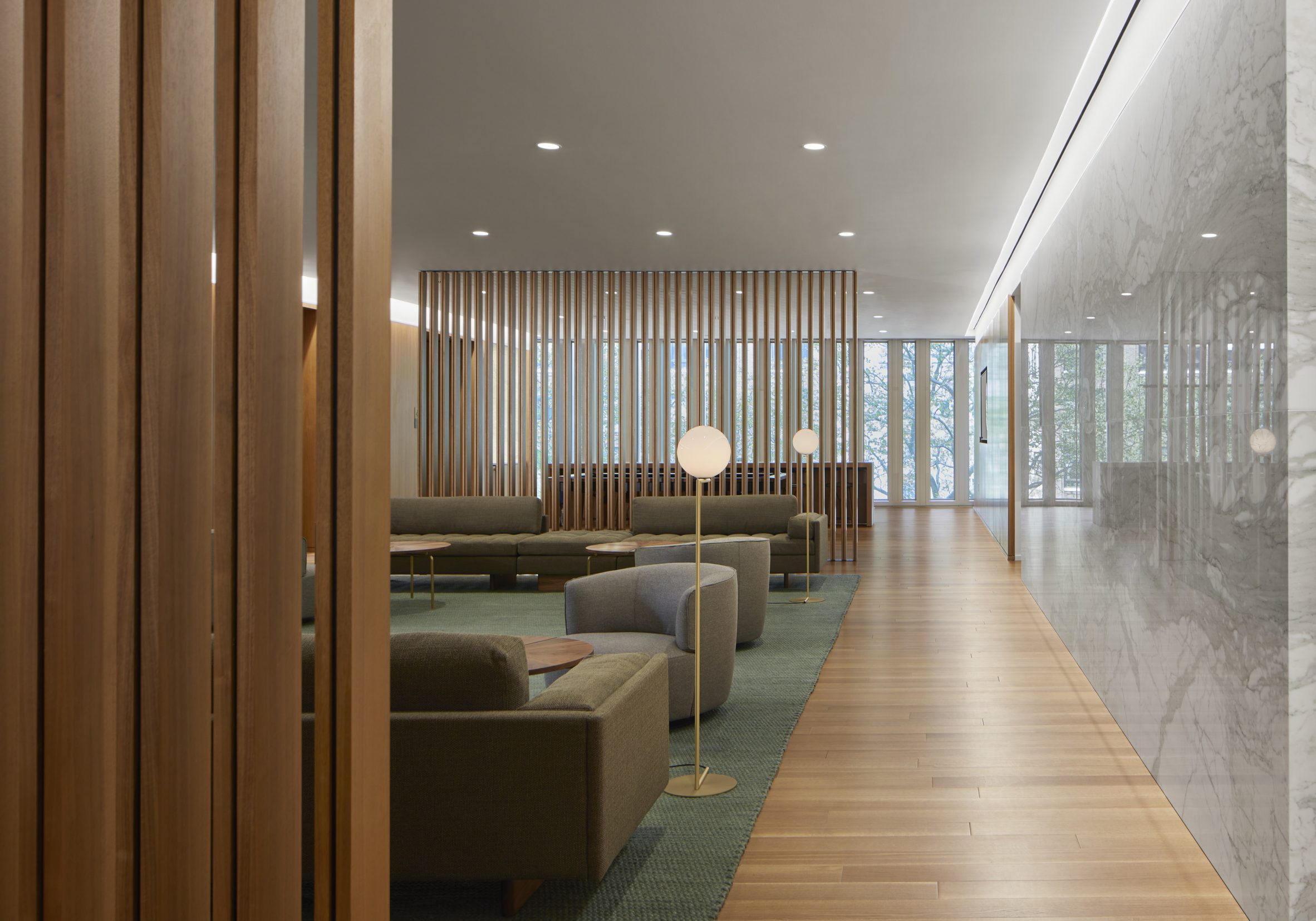 Marble features in amenity spaces
Marble features in amenity spaces
SOM is an American firm founded by Louis Skidmore, Nathaniel Owings and John Merrill in 1939. The office was recently chosen to design a mass-timber Olympic village for the Milan 2026 Winter Olympics.
The photography and drawings are courtesy of SOM.
The post SOM designs UAE diplomacy building with Middle Eastern motifs in Manhattan appeared first on Dezeen.
#cultural #all #architecture #usa #marble #unitedarabemirates #skidmoreowingsmerrill #newyorkcity #limestone #unitednations #newyork
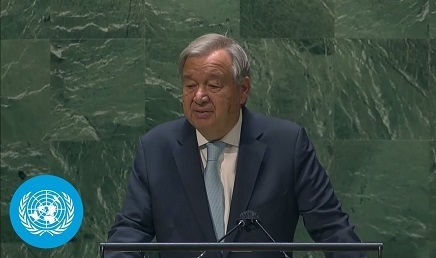
#UnitedNations #Secretary-General #AntónioGuterres #General-Assembly #76thSession
https://www.youtube.com/watch?v=FtB0Et71ndk
"Now is the time to lift the cloud of nuclear #conflict for good, #eliminate #nuclear #weapons from our #world, and usher in a #new #era of #dialogue, #trust and #peace for #all #people."
#unitednations #diplomaticserviceembassiesandconsulates #afghanistan #taliban #politicsandgovernment #afghanistanwar2001 #unitedstatesinternationalrelations #humanitarianaid #generalassemblyun #securitycouncilun #isaczaighulamm #news